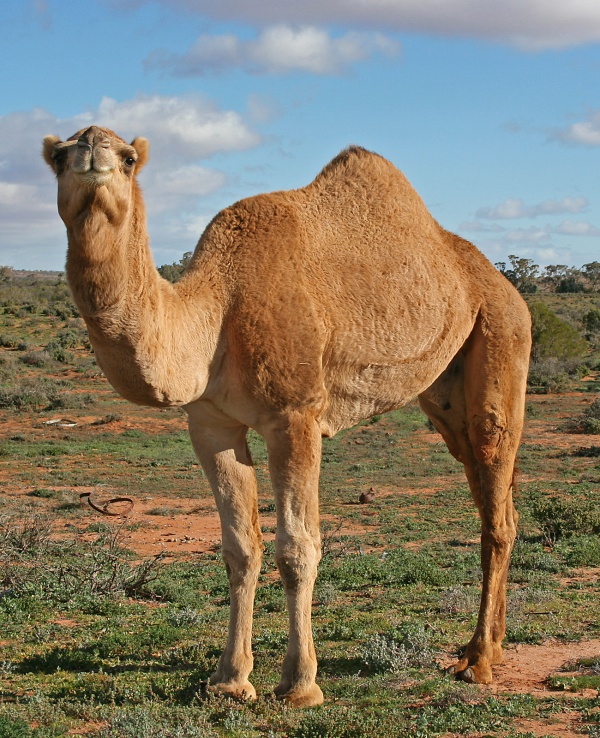Facts About Camel
Camels, part of the genus Camelus, are renowned for their distinctive humps and have been integral to human life for centuries. These even-toed ungulates have been domesticated to provide food, textiles, and transportation, particularly in desert environments where their unique adaptations make them indispensable.
There are three main species of camels: the dromedary, which constitutes 94% of the camel population, and the Bactrian camel, which makes up 6%. The third species, the Wild Bactrian camel, is critically endangered. Besides these, the Camelidae family also includes llamas, alpacas, guanacos, and vicuñas.
The word "camel" has roots in Latin, Greek, Hebrew, and Phoenician languages. These animals boast several biological and behavioral adaptations that allow them to thrive in harsh desert conditions. For instance, they can survive long periods without water due to their oval-shaped red blood cells, efficient water reabsorption systems, and specialized immune systems. Their ability to regulate body temperature and conserve water further enhances their suitability for arid climates.
Camels were first domesticated millennia ago. Dromedaries were domesticated around 3000 BCE in Somalia and southern Arabia, while Bactrian camels were domesticated around 2500 BCE in Central Asia. Over the centuries, camels have played crucial roles in various cultures, serving as working animals, sources of food, and modes of transportation.
Historically, camels have also been used in military contexts, with camel cavalries and camel corps participating in wars across different regions. Camel meat and milk are significant food sources in some cultures. For desert nomads, camel milk is a staple, and camel meat is consumed in various parts of the world.
Globally, there are about 14 million camels, most of which are dromedaries. Significant populations of domesticated dromedaries are found in the Horn of Africa, the Sahel, Maghreb, the Middle East, and South Asia. The Wild Bactrian camel, however, is critically endangered, with only about 1,400 individuals remaining in the Gobi and Taklamakan Deserts in China and Mongolia.
Camels also hold cultural and religious significance. In Islam and Judaism, there are specific dietary laws regarding their consumption. Additionally, camels appear in folklore and religious stories, underscoring their symbolic importance in various cultures.
